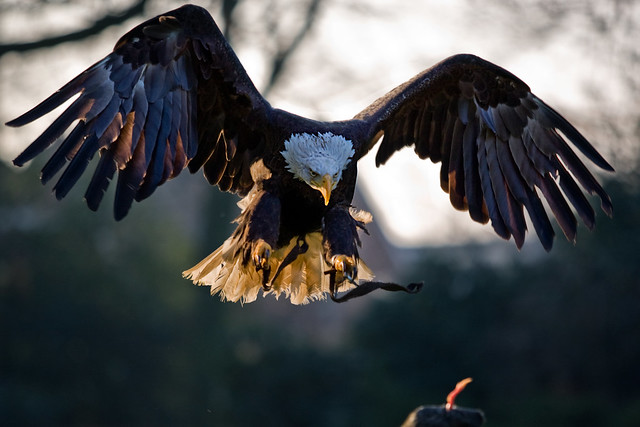The word “dragons” bring to mind images of beastly creatures looming out of a dark cavern, spreading their tough and bulky wings and breathing fire in the air. However, shift your attention from European folklore to Asian historical art, and you’ll have dragons with a more serpentine body gracefully rising into the clouds.

Speaking to an artist recently opened my eyes to how using a dragon as a motif may not be that easy when dragons have many regional differences in how they are depicted, and each can speak to a long history of symbolic meaning in a culture. To give an example, Japanese dragons are often depicted with 3 claws, while a Chinese dragon has 4 claws, except the imperial Chinese dragon which has 5 claws (a 5-clawed dragon was long forbidden for use by any other than the imperial family). Among east Asian countries, drawing a dragon accurately requires great attention to detail, even in the dragon’s feet.

Though dragons are a mythical creature, ancient Chinese imperial dragons are said to have claws inspired by an eagle’s talons. Just as the feet can suggest the culture where a dragon originated, an eagle’s feet also tells us a lot about the bird’s evolutionary origin and ecological niche.
Feet of eagles and other birds of prey are given a category of its own in bird feet morphology. These raptors have strong feet with heavy padding and sharp, curved talons on each toe. Eagles use the sharp talons to pierce captured prey or grip tight to carry the prey over long distances. A falcon’s talons would knock a prey out of the air, or clasp down on the prey while the falcon delivers a killing blow with its beak.
The majority of birds have four toes, though known exceptions are two toes for ostriches, three toes for emus and some aquatic birds, and the slightly less obvious remnant of a fifth toe in the defensive spur of chickens. In eagles and most raptors, the four toes are arranged with three toes in the front and a fourth pointing backwards (anisodactyl toe arrangement). This arrangement is common in perching song birds and birds of prey requiring a firm grip on tree branches or their prey. This is unlike woodpeckers, parrots, and cuckoos that have two toes forwards and two toes backwards (zygodactyl toe arrangement). The origin of zygodactyly is debated, but the extra toe in the back seems to provide stability for perching laterally on a tree surface or allow birds to manipulate different types of prey.
Of the raptors, owls and ospreys are quite special. They can move one of their toes to switch from the anisodactyl (3 front, 1 back) to zygodactyl (2 front, 2 back) arrangement and back. This is similar to how we can either put our thumb flat along the other 4 fingers, or rotate it down to get a firm grip on something. Owls and ospreys can rotate one finger, but instead of an opposable thumb it is an opposable pinky finger.
As dragon claws show subtle regional differences, birds of prey show so much diversity in the shape and use of their feet. Next time I see a dragon or a bird, I might be looking at its feet, trying to guess its origin and lifestyle.

